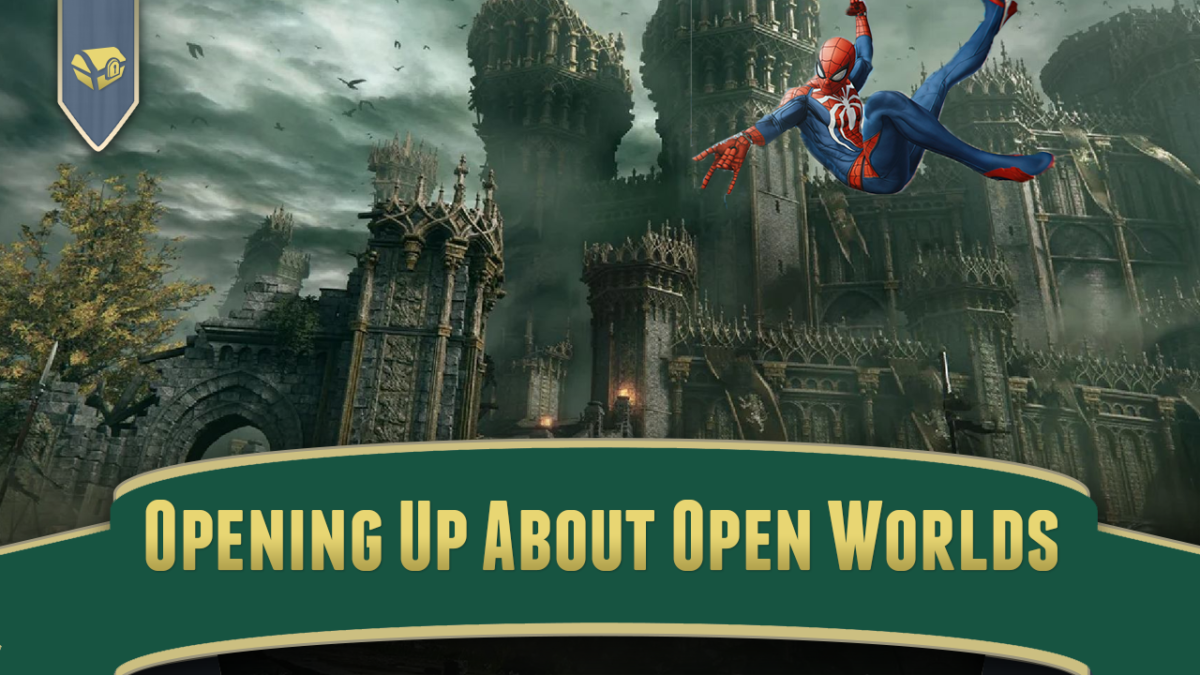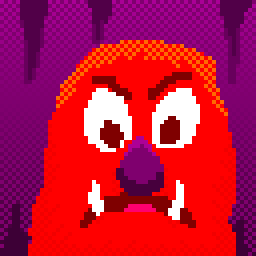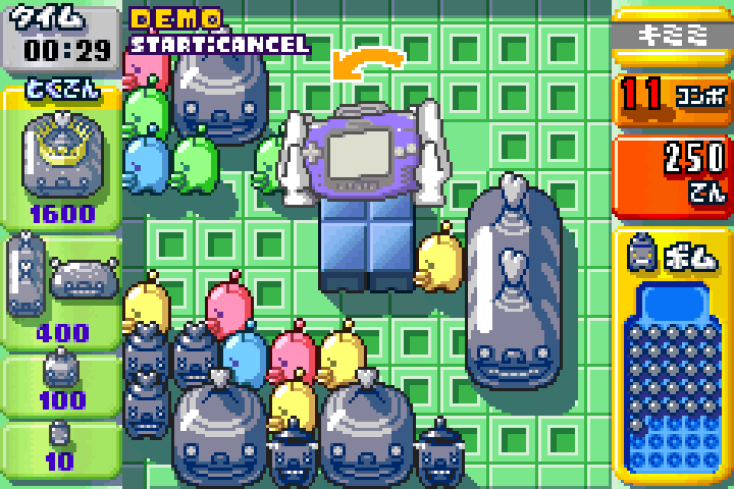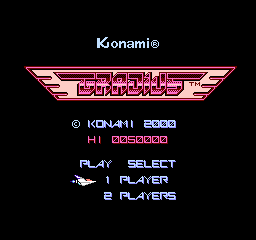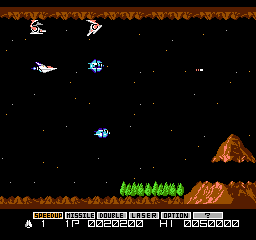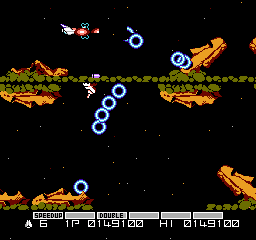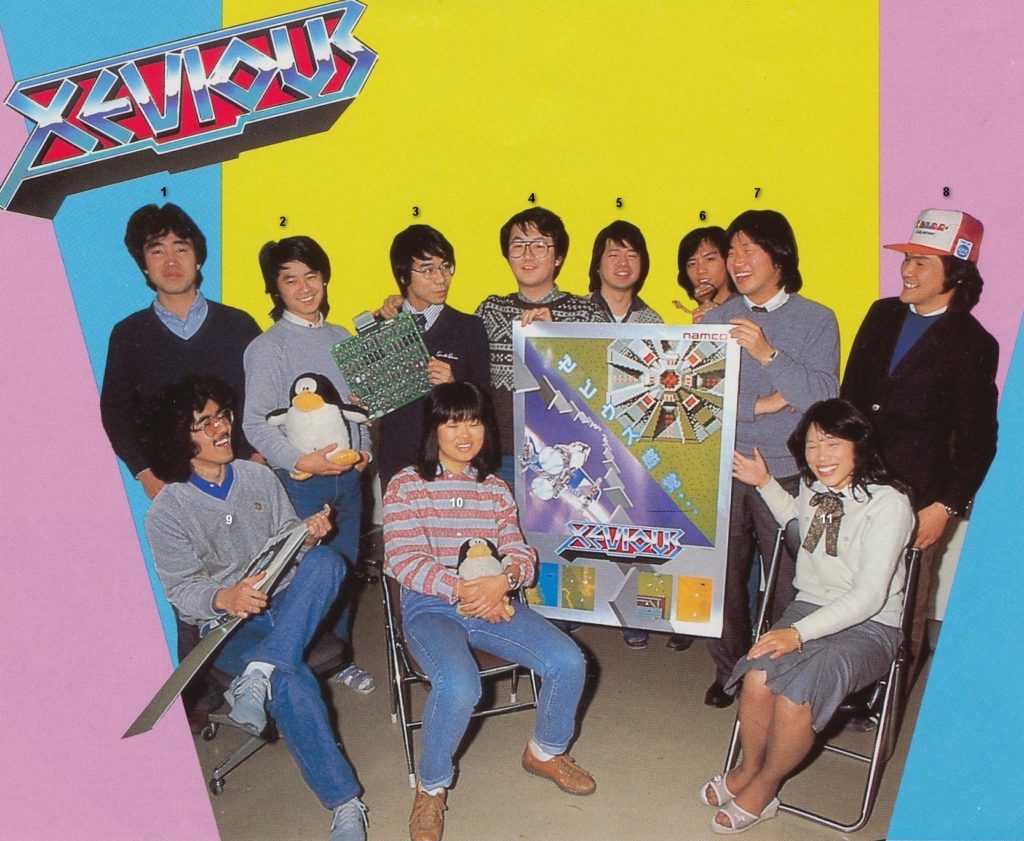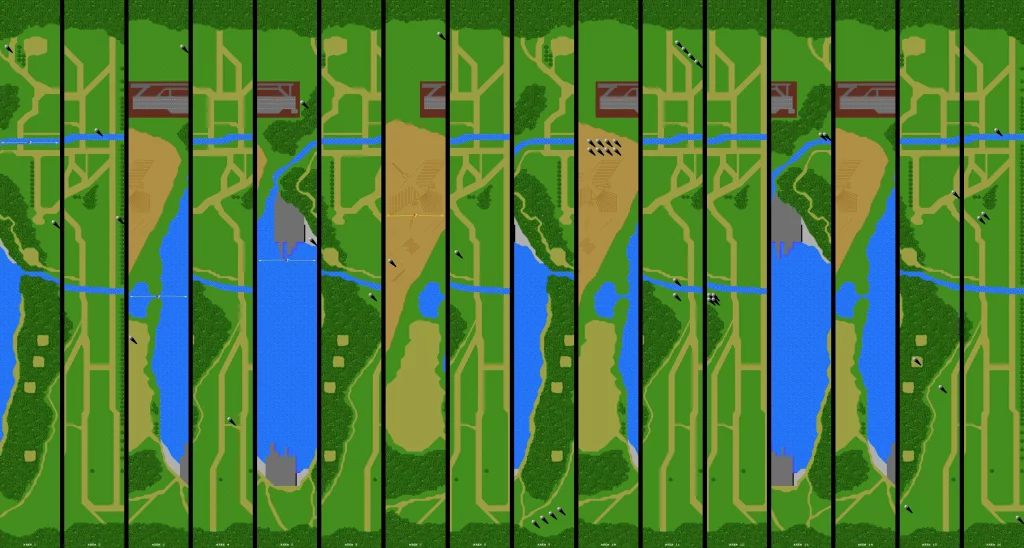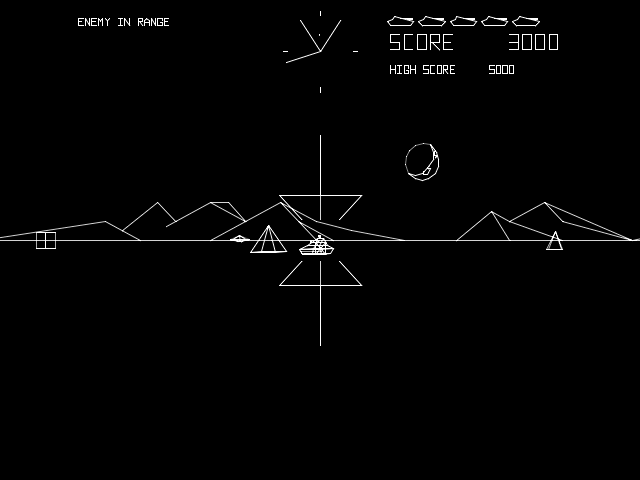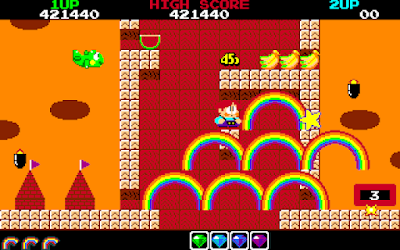The Gripe Monster occasionally demands that we give him time to vent his three spleens our our website, or else he’ll shed fur all over the break room. That stuff will clog up a vacuum cleaner like a whole herd of angora cats, so here he is.
Grar! I am the Gripe Monster! The world is in a state of constant decay! People used to know important things, but now they have forgotten! I alone remember the proper way! Every time someone gets it wrong, the center lobe of my monsterly brain throbs painfully! It is like fingernails on a blackboard, or someone slacking off during a raid boss fight!
To save myself from constant migraines I must inform you of the difference between the words “invincible” and “invulnerable!” It is essential that you get this right! So many times it has been misused, that people foolishly get them mixed up constantly now! If you wish to avoid my wrath, you will not be one of them! I bet you misuse “begs the question” too!
Invulnerable is the state of being immune to damage! No harm may come to your character while they are invulnerable! It is a proper state for a game to apply when your character has taken damage, so that they do not get hurt again immediately!
To be invincible is to not be able to be conquered! By game convention, it means that your character defeats enemies on contact! By its nature, it implies invulnerability, but it is a state greater than that!
When Super Mario is attacked by a Little Goomba, as I am sure happens to him all the time when you are playing, while he is flickering, he is invulnerable. Enemies pass through him, but are not touched by him while this state exists! When he collects a Starman (make sure to use the correct name for this power-up!) he is invincible. No foe can stop him! Instead, it is he who stops them! He defeats them on contact, kicking them off the thin plane that his world consisted of until the Nintendo 64 era brought hated depth to his reality!
When speedrunners talk about invincibility frames, they are committing a sin against language! They are properly called invulnerability frames! Because of this, when they are abbreviated to “i-frames,” they may seem to be correct, but they are still woefully mistaken–in their heads! I know what they really mean, and it fills up my copious gall bladder in rage!
Be sure to get it right in the future, and you will not have to suffer my terrible gaze, as do the clerks at the coffee establishment that I go to, when they forget to give me the cream and three sugars that I require! Such terrible service! I will only tip them two dollars!
Geez, how petty can you get? Now that he’s used up our site’s whole inventory of exclamation points for the month, that’s got to be all from Gripey this time. I’m not at all surprised to learn that he plays MMORPGs.

